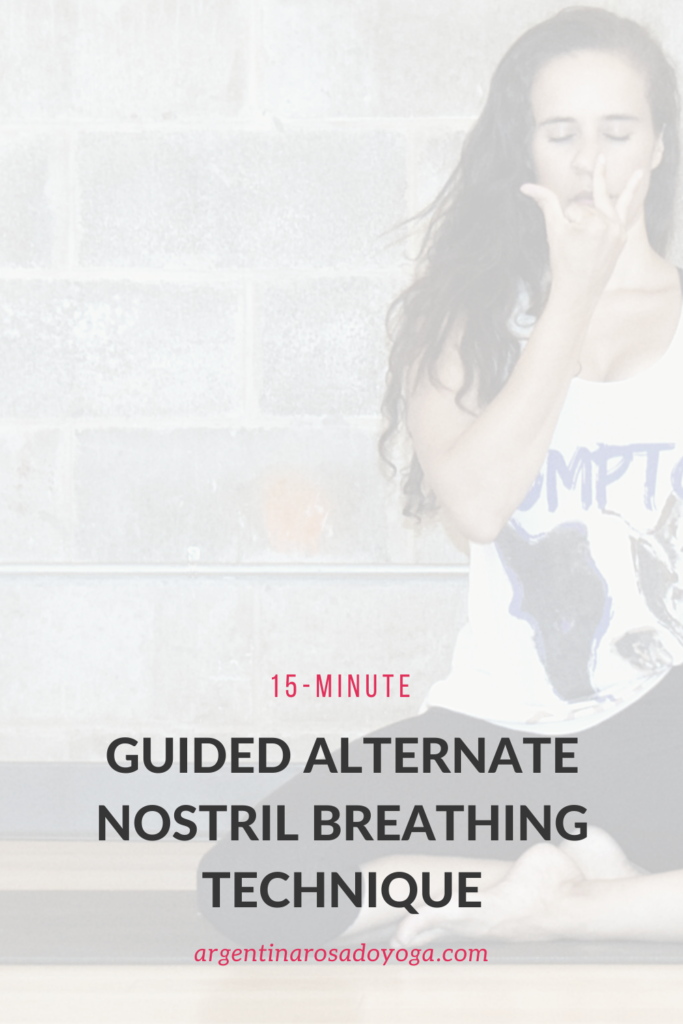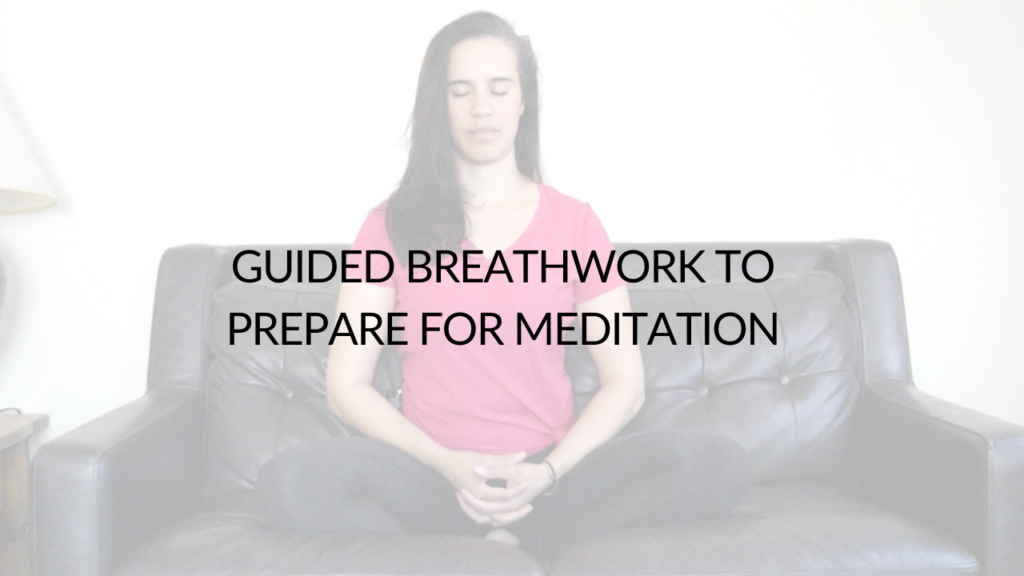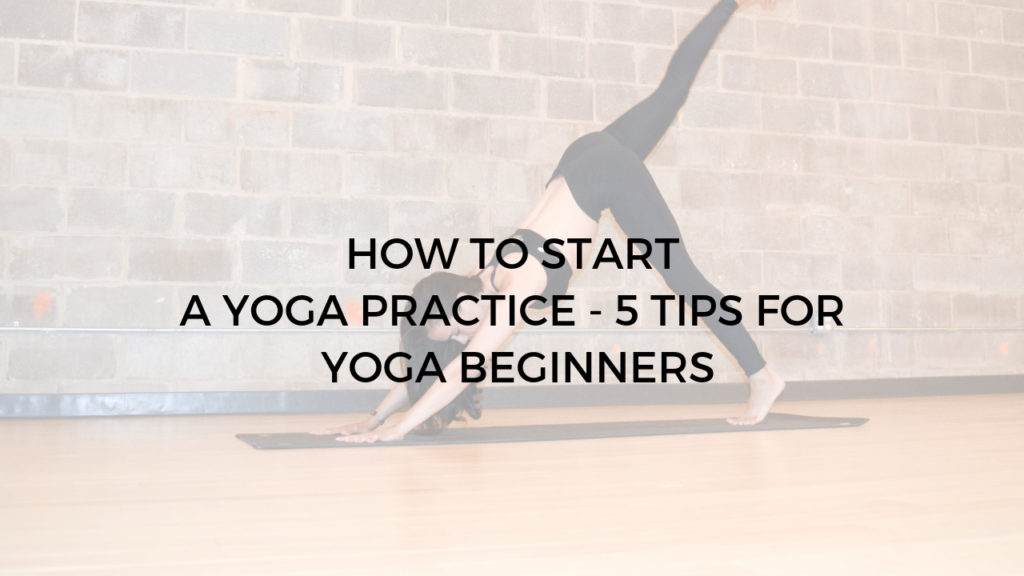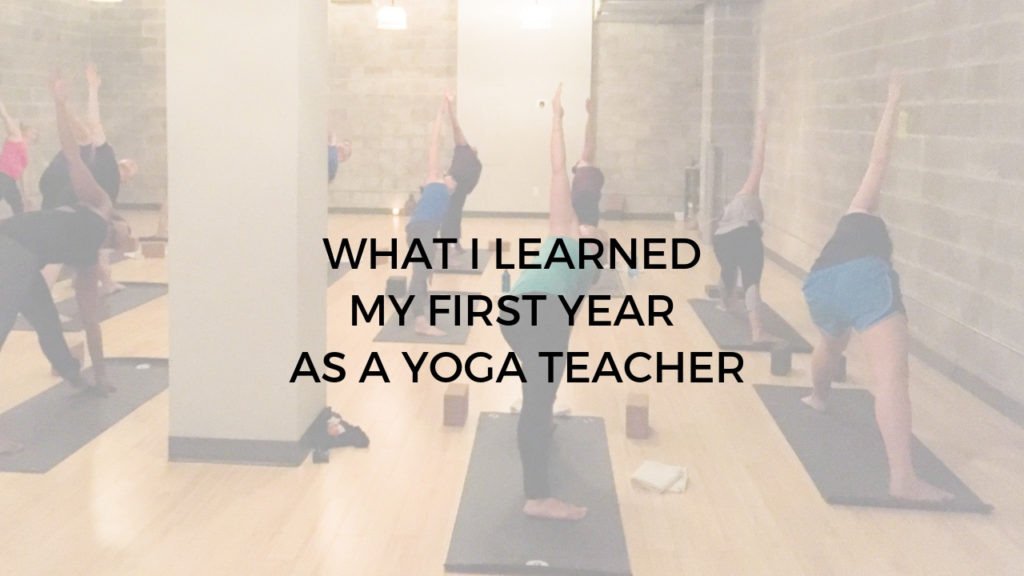Doing breathwork without meditation afterwards is like
Working up an appetite, cooking the meal, setting the table, but then not eating your meal at the end.
Or like my teacher says…
“It’s like setting the stage and not staying for the show.”
By the way…if you’re just joining, this is a continuation of last week’s email so make sure to read it if you haven’t already.
But basically, I’m talking about the 4 stages of meditation and how you can use them to deepen your practice and bring more calm into your day-to-day life.
The first stage, as you might have guessed, is breathwork.
And it is in fact, the most active one of all.
You see, breathwork is conscious breathing. It is the practice of consciously changing the way we breathe to create a desired effect.
It is one of the quickest ways to:
- Balance (or shift) your energy
- Calm your mind in times of high stress
- Achieve a deeper meditation experience
What makes breathwork so powerful?
Well, if you’ve been following me for a while then you know I say this a lot…
Breath, mind, and body are deeply connected and part of the same team.
If one is agitated, others follow. If one is calm, so are the others.
The Nervous System makes this connectivity possible via the stress response and relaxation response sub-systems.
Like when you’re facing a very stressful (or life-threatening situation), your stress response (your internal alarm system) kicks in, which creates a physiological response where things like blood pressure, blood sugar, heart rate, and breathing start to increase.
But, when “perceived safety” is in place, these things go back to normal with the help of the relaxation response (your rest-and-digest system).
Now, out of all the things that go out of balance as a result of your stress response kicking in, your breathing is the ONE thing that can be changed voluntarily. Imagine that!
Through breathwork you can voluntarily activate your relaxation response, AND your stress response.
I covered this on my last workshop and it’s a pretty cool thing…
Some teachers call this “hacking” into your Nervous System.
So, when you intentionally slow down your breathing (through breathwork), you also slow down the mind.
That gap between each thought gets longer and you gradually move into a more quiet, meditative state.
There are a couple of other steps that come after breathwork and I’ll be talking about them in the upcoming weeks.
But like I said, breathwork is the bridge into that meditative realm and one step that you should definitely never skip.
Now, one thing I always say to my students is that breathwork is…
Well, it’s work.
When doing breathwork, you’re consciously…
- Using your hands.
- Pumping your stomach (or sucking in your stomach)
- Holding your breath
- Counting your breath
- Contracting muscles
- Among other things…
I call it a fitness session for your energetic system.

But, when you’re done with all that work is where the magic happens, and the best time to go into meditation.
A state of calm may be possible with just breathwork…
…but inner clarity, self-absorption, and transcendence is only achievable through meditation.
Last week I mentioned that these practices are NOT one-size-fits-all and that you should practice according to your personal needs.
This is particularly true with breathwork because some techniques are not for everyone and you should be mindful of that when you practice.
One technique you may be familiar with is Alternate Nostril Breathing.
This is when you breathe in through one nostril, exhale out the other, inhale through the one you just exhaled from, exhale out the other.
This is a powerful, balancing practice that is suitable for most people and commonly used to prepare for meditation.
ANB balances the left and right brain hemispheres (the stress response and relaxation response), inducing a state of mental and emotional balance.
Today’s guided practice includes the alternate nostril breathing technique with a simple breathing meditation.
Also, please share with friends!
You never know who’s life you’ll change with the hit of a button 🙂
Want more breathwork?


